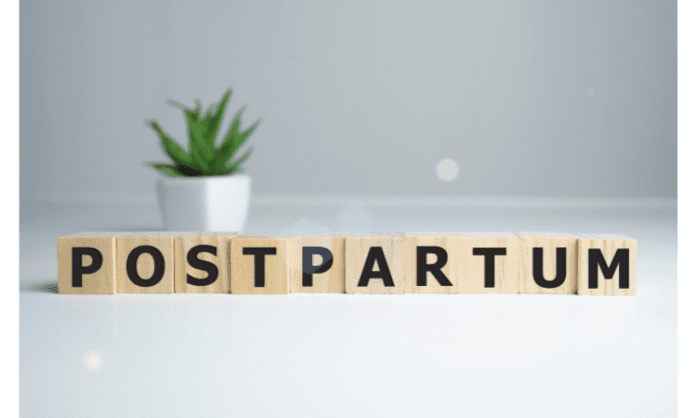
The delivery of a baby is such an exciting time for families. Mothers get to finally see the little bundle of joy that has been growing for nine months and fathers get to see their child for the first time. After all the excitement, it can be no wonder that many new parents want to rest after childbirth and not think about anything else until they are ready. This can be very tempting. However, it is important to know that there are many benefits of fitness after giving birth in order to keep yourself healthy during this time period as well as set up a good foundation for future fitness routines with your baby.
What is postpartum?

Post-partum is commonly defined as the time between pregnancy and delivery, or the first few months after a baby is born.
The term post-partum can also be used to describe the period of adjustment for both mother and child after birth. This period can last up to six months if there are no complications or setbacks during this time that require medical attention.
Post-partum is also known as “the fourth trimester,” because it refers to a new stage in life for both mother and child—one that involves adjusting to major changes on both sides of the relationship after birth. For mothers, this process often includes healing from childbirth (such as physical recovery from tearing) as well as learning about caring for their newborns’ needs (such as breastfeeding).
Why is it important?
There are many reasons why post-partum fitness is important, including getting your body back to its pre-pregnancy shape, recovering from childbirth, having a healthy pregnancy next time, and getting back to your normal life.
However, there’s one reason that stands out above all others: it helps you have a healthy baby. When you exercise during pregnancy and after the birth of your baby (and even while you’re pregnant), it puts less stress on your heart while strengthening the muscles around it. This means that when labor begins, those muscles will be able to contract more easily—making delivery easier on both mother and child.
Benefits of postpartum
You are not alone when it comes to feeling overwhelmed by the idea of working out after pregnancy. The postpartum period is a time frame from birth until several months after delivery, but it can be difficult for many women to find the motivation or energy needed to do any kind of exercise during this time. However, there are many advantages that come from beginning an exercise routine post-partum.
Being active during pregnancy helps reduce weight gain and maintain optimal health during pregnancy and beyond. When you exercise regularly in preparation for your new baby, you will also have more energy and feel better overall once she arrives. In addition, regular exercise can help prevent common issues such as back pain or hemorrhoids that often occur after giving birth.
Reduce weight gain

You may be surprised to learn that you can reduce your baby’s weight by exercising during and after pregnancy. You will have a much better chance of keeping it off if you start working out right away, as opposed to waiting until after the baby is born.
It can be very difficult to find time in your day-to-day life to exercise. In addition to the physical demands of caring for a newborn, many new moms don’t feel like they have the energy or desire to go on a run or do some yoga. However, if you make well-being a priority in your life right now, it will pay off down the road when it comes time for postpartum weight loss.
Boost energy levels

One of the most important advantages of exercising following childbirth is that it can improve energy levels. Getting back into a regular workout routine will help you feel more refreshed and energized, which can make daily tasks easier to tackle.
In addition, exercise increases endorphins—chemicals in your brain that make you feel happy—and decreases stress hormones such as cortisol and adrenaline. This helps to improve your mood and make you happier overall (especially if you’re struggling with post-partum depression).
Improve better sleep

Sleep is important, especially if you’re a new mom. Babies need to be fed, changed, and comforted throughout the night. You may even find yourself waking up more than once per night to feed your baby or change their diaper. Sleep deprivation can lead to a number of health problems, including depression and anxiety. It’s not just about getting enough hours of sleep at night; it’s also about how well we rest during the day—whether it’s taking time for naps or getting comfortable enough to fall asleep in our beds without worrying about whether our children are crying from hunger or pain.
If you want to improve your overall health and wellness as a new mother (or father), then improving your sleep habits should be a top priority.
Enhance mood

Exercise releases endorphins, which are the body’s natural painkillers. They’re also known as “feel good” hormones. This is why when you exercise, it can improve your mood and make you feel happier. As an added bonus, exercising during pregnancy can help reduce symptoms of depression and anxiety after delivery.
It’s important to keep in mind that every woman has different needs during this time period—for some women, it may be enough simply to get out for walks around the block or go for a jog with their partner; for others, getting back into their regular routine with a little more intensity may be necessary in order to feel better about themselves again (and this is okay!).
Relieve stress

Stress is a normal part of life, but it can become overwhelming when you’re not prepared to handle it. Stress, in and of itself, isn’t a disease or weakness—it’s simply a reaction to the demands of daily life. In some cases, stress can be relieved by simply changing your routine or taking time for yourself. In other cases (such as chronic anxiety), medication may be needed to get you back on track. Either way, exercise helps reduce stress levels by releasing endorphins into the bloodstream and boosting your moods with happy hormones that make you feel good about yourself.
Gain strength in muscles

If you’re looking to get back in shape after giving birth, then strength training is the way to go. The more muscle mass you gain and retain, the better your body will look. You’ll also feel stronger and healthier—and if you’re used to relying on other people for help with things like carrying groceries or picking up large objects, then you may find yourself wanting to do these things without asking for assistance every time.
Strength training can help women achieve their postpartum well-being goals faster than other methods as well as make them more confident about themselves both inside and out because they’ll feel good about how their bodies have changed over time. This confidence boost will also encourage them not only to continue working out but also motivate others around them who might be thinking about beginning their own health journey.
Improve the health of the cardiovascular system

The cardiovascular system is the heart and blood vessels. When exercise regularly, can improve the health of your cardiovascular system. Regular physical activity can reduce your risk of developing heart disease and stroke. It also helps to lower high blood pressure (hypertension).
Exercise is one of the best things you can do for yourself during pregnancy because it improves circulation, which reduces swelling in your legs and feet. After giving birth, continued physical activity will help strengthen your core muscles so that your body is ready for another pregnancy.
Heal pains and aches

Pains and aches are unavoidable after giving birth. Your joints have been compressed for nine months, your muscles are strained from the labor itself, and you’ve got a lot of work to do post-baby. But there are ways to help ease these discomforts as you adjust to life with a newborn baby—and if you get started with your new exercise routine early on in pregnancy, that can make a big difference too.
One of the best things you can do is get plenty of rest—but we know it’s not always easy when there are two parents working shifts at home all day long. If that sounds familiar to you, try setting aside some time each week just for yourself; even if it’s just an hour or two each day when no one else needs anything from you. Make sure these times are fully dedicated to taking care of yourself; don’t let anyone else interrupt or distract you! You should also be sure that any other members of your household know not to disturb this time either (and no matter how sweet they may be…it’s probably best not to let them).
Strengthen abdominal muscles
The workouts that strengthen the abdominal muscles help to reduce the likelihood of backaches when picking up your child.
Additionally, when you’re recovering from childbirth, it’s important to carry out core exercises because they can help to improve posture and balance.
It is also advisable that you perform gentle yoga poses which will help in stretching and relaxing your body after having a baby.
When to start fitness?
The most important thing to know about well-being after giving birth is that it can help you heal faster, feel better and return to your pre-pregnancy body sooner. But when should you start? As soon as possible!
You may think that you need to wait until the baby is out of the hospital, but many women return home before they’re fully recovered from childbirth. In fact, some studies show that it’s beneficial to begin physical activity within the first 24 hours of delivery because it helps with recovery and prevents complications such as postpartum depression. Other women take up yoga or Pilates classes at home with their newborns in tow—and if there’s a support system in place (like grandparents), even better!
However, don’t feel like you have all day to decide when (or if) beginning an exercise routine will fit into your schedule: The sooner you get moving, the better off both mom and baby will be.
Tips for starting
- Get a doctor’s note. This is a great way to start because it gives you an official excuse to rest and relax if you need one! Plus, it will help protect against your employer or school if they try to pressure you into working out too soon.
- Start small and slow. If possible, begin with gentle exercises like walking or swimming that don’t put any pressure on your pelvic floor muscles—do these first thing in the morning and then again at night as well as whenever else feels right throughout the day.
- Breathe deeply through each workout, focusing on relaxing from head to toe while maintaining proper posture so that breathing comes naturally without forcing it too much (this can cause injury).
- Increase intensity gradually over time until reaching about 80 percent of maximum effort for 20 minutes per session five times per week; this should be sufficient for most women who want postpartum fitness without getting back into their pre-pregnancy shape before six months post-partum has passed.
Eat healthy diet

- Eat healthy and nutritious food.
- Eat small meals more often.
- Eat a balanced diet.
- Choose foods low in fat and high in fiber, as well as foods that are high in protein and iron, like lean meat, poultry without skin, fish (especially salmon), eggs (whites), tofu, and beans (dried or canned).
- Choose fruits with vitamin C to help boost your immune system: oranges; grapefruits; papayas; strawberries; cantaloupe melons; kiwifruit; tangerines/mandarins/oranges; limes/lemon juice or lime juice.
Yoga
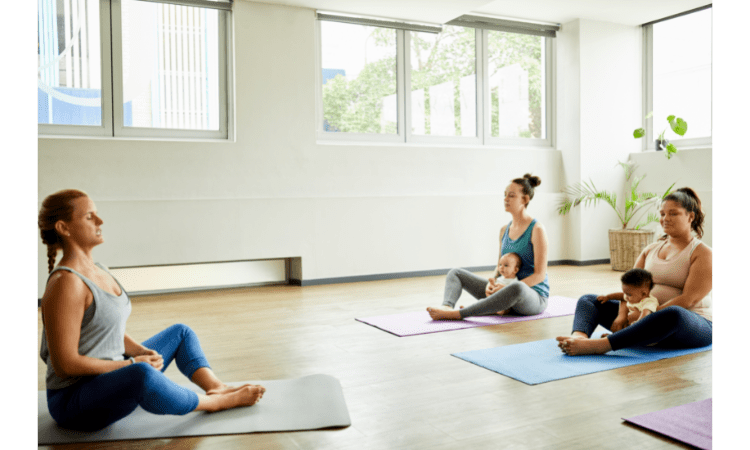
Yoga is an excellent way to improve your health and fitness after giving birth. It can help you:
- Improve flexibility
- Improve balance
- Build muscle strength
- Reduce stress, which will also help you sleep better at night
- Improve posture, which can reduce back pain and contribute to a healthier cardiovascular system
- Improve breathing patterns and cardiovascular endurance, which will help you recover faster from labor itself
If those advantages aren’t enough for you, yoga may also improve mood (this can be especially helpful if the post-partum period has been difficult) as well as circulation in general. Also, consider that yoga helps with digestion because it involves moving through poses that move food through the digestive tract more efficiently (an important consideration when recovering from childbirth).
Walking
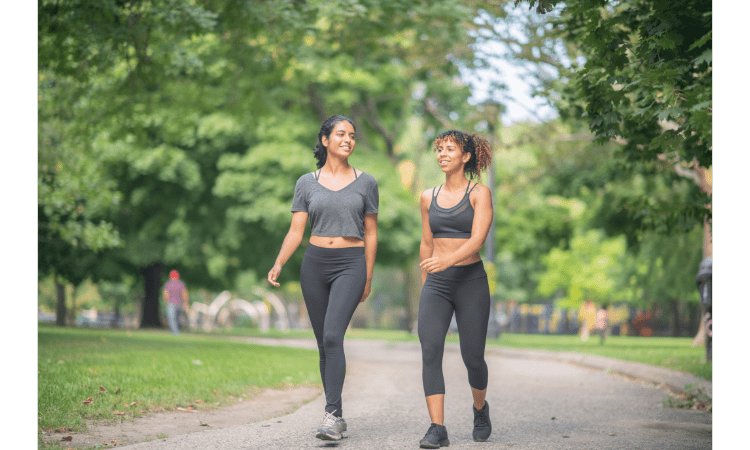
Walking is a great way to start your post-partum fitness regimen. It can be done anywhere, and it’s easy to do if you have a baby in tow. Walking is also one of the best ways to get your heart rate up and keep it there while still getting some exercise in. Walking not only helps you lose weight and feel better, but it also helps improve sleep quality by encouraging relaxation. If you want to add more intensity or distance into your walking routine, try adding hills or varying environments as that will help make things more interesting.
You can also find other exercises online that will give you ideas for incorporating different types of exercises into various settings like home workouts or outdoor activities like hiking.
Pelvic floor exercise
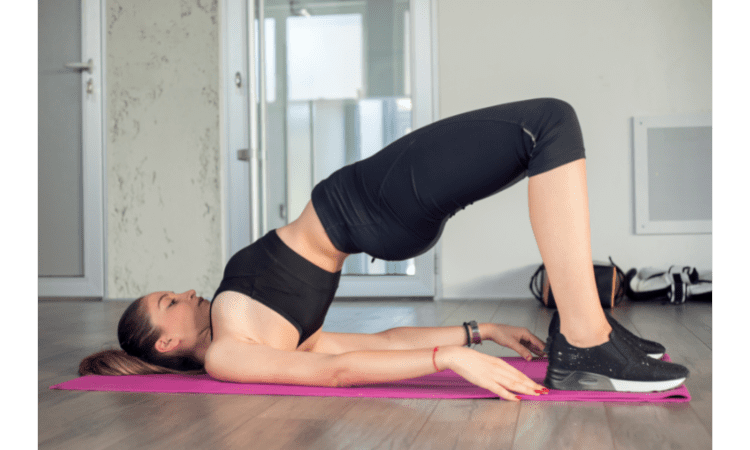
Pelvic floor exercises are an important part of your post-partum recovery. They can help you regain bladder control, reduce stress incontinence and improve sexual function.
What is pelvic floor exercise?
Pelvic floor exercises are a set of simple movements that strengthen the muscles in your pelvic floor, which is the group of muscles that supports the uterus, bladder and bowel. These exercises can also help increase your body’s awareness of when it’s time to go to the bathroom or have sex.
Breathing exercise

Breathing exercises can be a great way to help reduce stress and pain, increase energy, improve sleep, and decrease anxiety.
A breathing exercise is an easy way of opening up your lungs, which will allow you to take in more oxygen. Oxygen helps your brain function at its best as it is an important component of our cells’ ability to create energy through a process called cellular respiration. This means that if you have more oxygen in the body then it can perform better at all of its functions (including growth).
In addition, having more oxygen circulating through our bloodstream helps reduce fatigue by increasing blood flow and heart rate so we feel less tired throughout the day.
Running

If you’re looking for an exercise that will help you lose weight, increase your energy levels and improve your overall health, running is a great choice. It’s one of the most effective ways to burn calories (you can burn 1,000 calories per hour with running) while giving you the mental break that comes from a good workout.
Running also has many advantages beyond weight loss. Running is known to improve sleep quality—it’s an effective way to relieve stress and anxiety—and it has been shown to strengthen heart health as well as reduce the risk of diabetes and stroke in women who already have high blood pressure or diabetes.
Wear proper bra

It is important to wear a properly fitted and supportive bra after having a baby. Many women are surprised to find that their breasts have changed size and shape, but it’s important not to worry about this because you can use a good quality nursing bra for the first few weeks of getting used to your new body.
A properly fitting bra should feel like part of your skin: soft, comfortable and breathable. It will provide good support without feeling too tight or cumbersome; if the band around your back feels too loose or doesn’t fit well then there is no point in wearing it as this will only cause discomfort throughout the day.
It’s also important not to forget about breast pads – these are essential when breastfeeding so that you don’t leak through into your clothes (or onto other people!).
Water aerobics

Water aerobics is an exercise that helps in strengthening muscles and improving cardiovascular health. It is a low-impact exercise that can be done by people of all ages, including pregnant women. Pregnancy changes your body shape, but it doesn’t mean you have to stop exercising altogether. Water aerobics is one of the most recommended exercises for pregnant women as they don’t put any pressure on your body parts as land exercises do.
Water aerobics helps in improving the flexibility of muscles as well as the strength of your heart, lungs, and blood vessels. The water provides resistance against movements so as a result, you will feel lighter while exercising compared to land-based workouts where you stand on solid ground with gravity pulling down on you.
Swimming
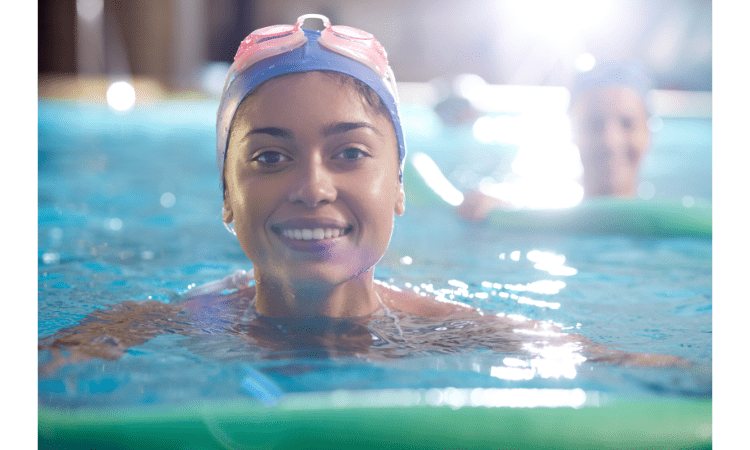
If you’re a new mom who is looking for an exercise routine to help get back into shape, swimming may be perfect for you. Swimming is a low-impact exercise that can be done in the water. This means that there isn’t as much pressure on your joints, which are still recovering from birth and caring for a newborn. Swimming also allows you to use all parts of your body while working out, so it can help improve overall strength and muscle tone.
Conclusion
With the busy lives we all lead, it can be hard to find time for exercise. But post-partum fitness is an important part of taking care of yourself during this exciting new chapter in your life. By starting with a few easy tips and benefits, you can soon be on your way to becoming a healthier, happier new mom.











